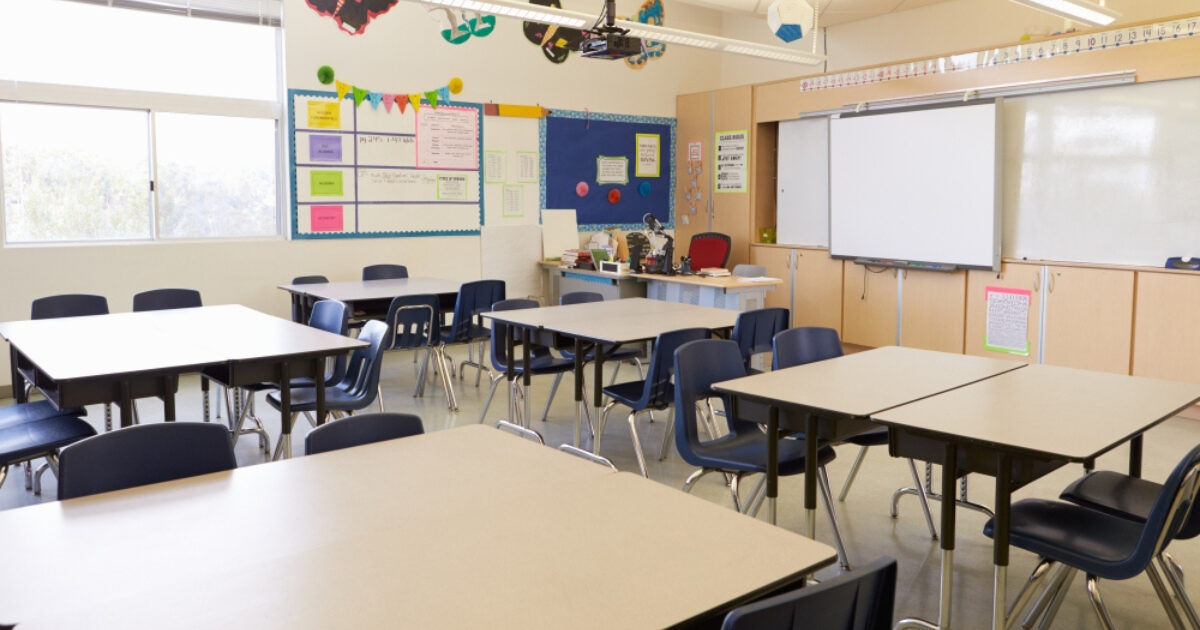- Fully virtual education system risks widening the digital divide. Not every student has access to the devices or internet required for these advancements. As we move toward a tech-driven education future, we must ask ourselves: Can technology fully replace the classroom, or should it complement it?
Imagine a world without traditional classrooms—no desks, blackboards, or teachers standing at the front. Instead, education is entirely virtual, with students learning through AI-powered tutors and virtual reality platforms. While this might seem futuristic, the trend is already evident today with online learning and digital tools transforming how we access knowledge.
The benefits are clear: students can learn at their own pace, access global resources, and overcome geographical barriers. However, losing physical classrooms could erode the human connections vital for emotional and social development. Schools are more than just places for academic learning; they build friendships, teamwork, and real-world social skills.
Additionally, a fully virtual education system risks widening the digital divide. Not every student has access to the devices or internet required for these advancements. As we move toward a tech-driven education future, we must ask ourselves: Can technology fully replace the classroom, or should it complement it?
The disappearance of traditional classrooms might streamline education, but it would come at a cost—one we need to carefully evaluate before fully embracing this change.




-1766009103-md.jpeg)





-1766009103-sm.jpeg)

